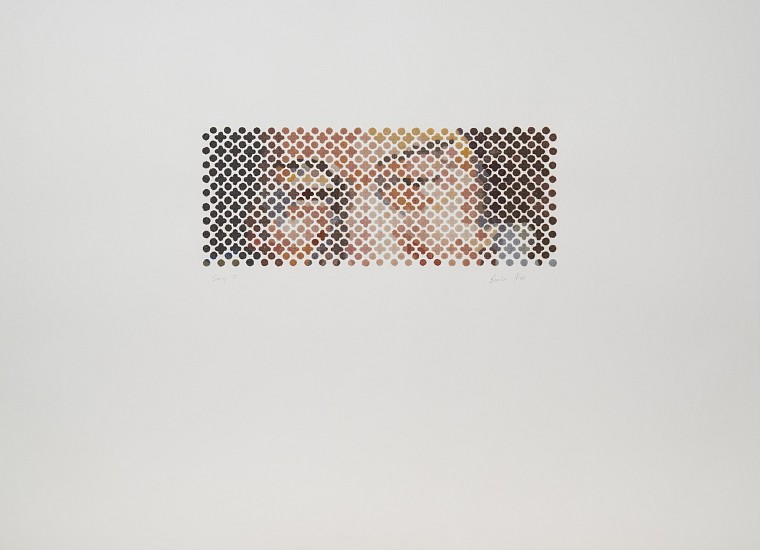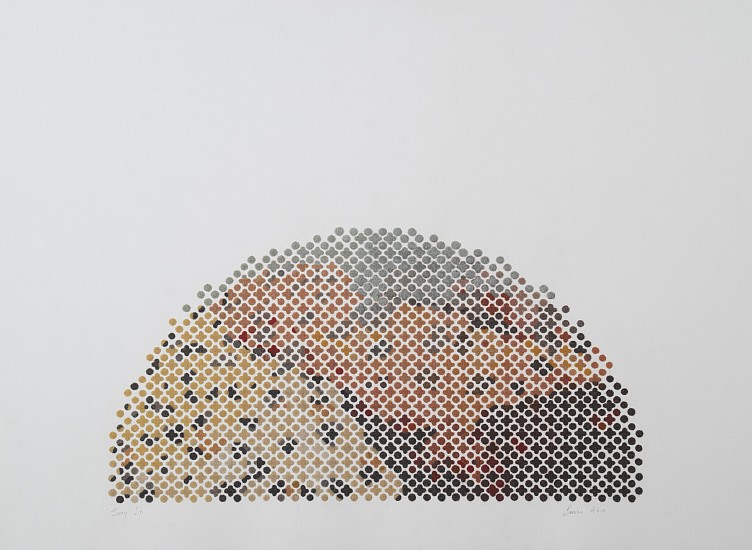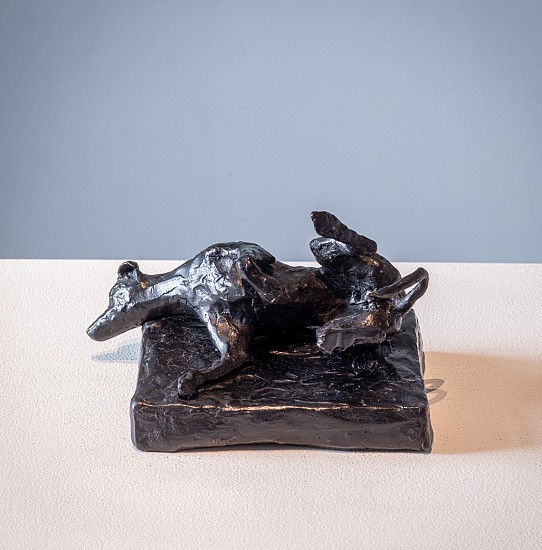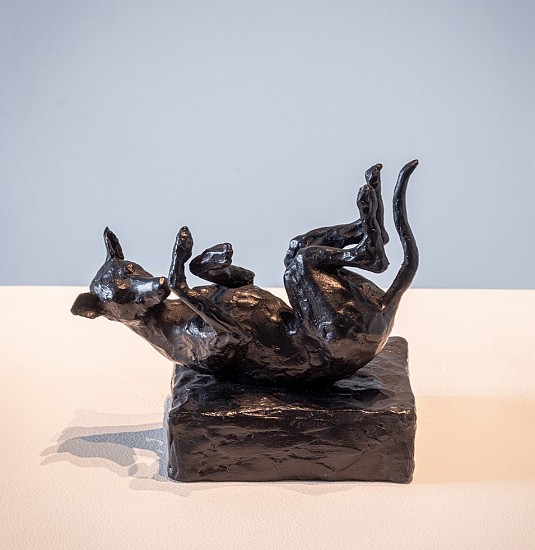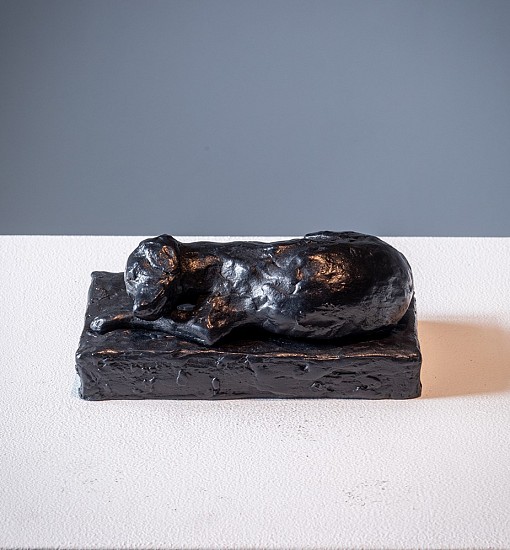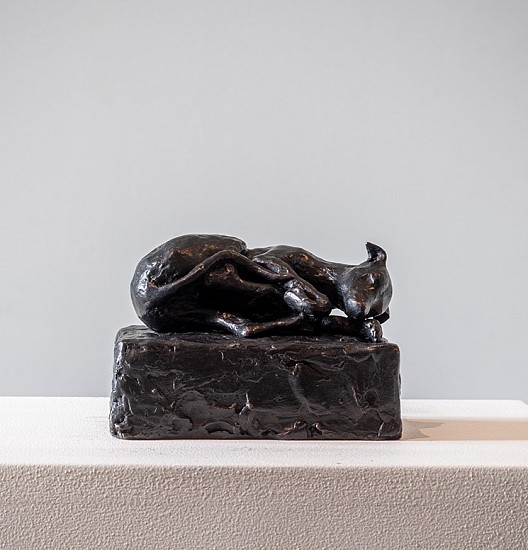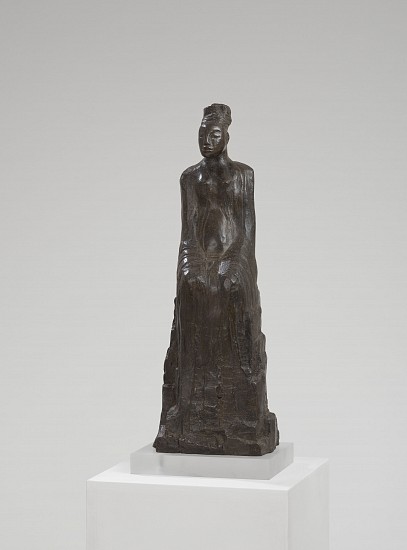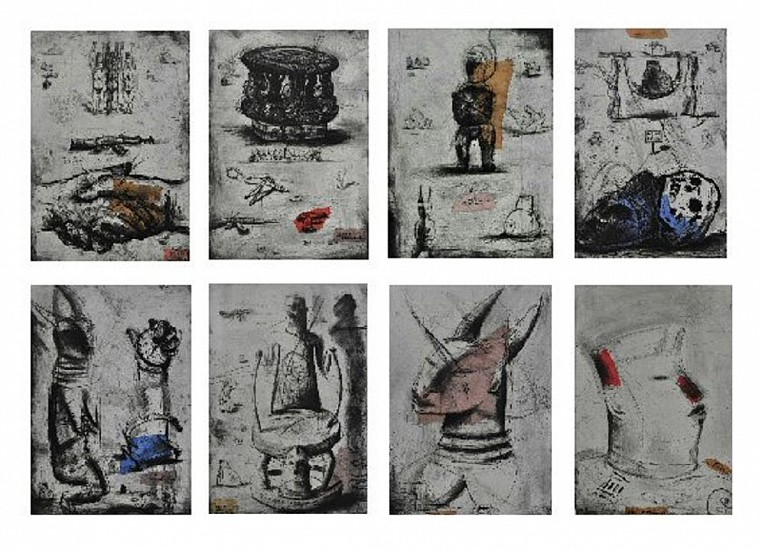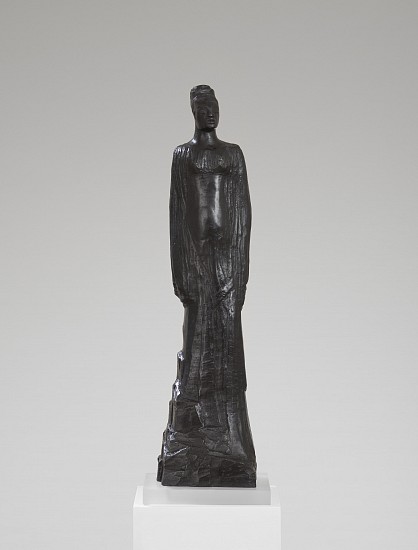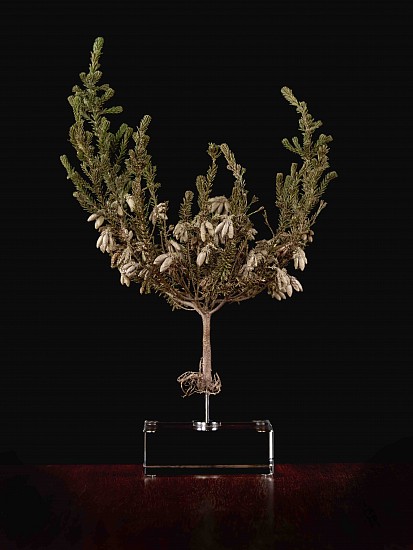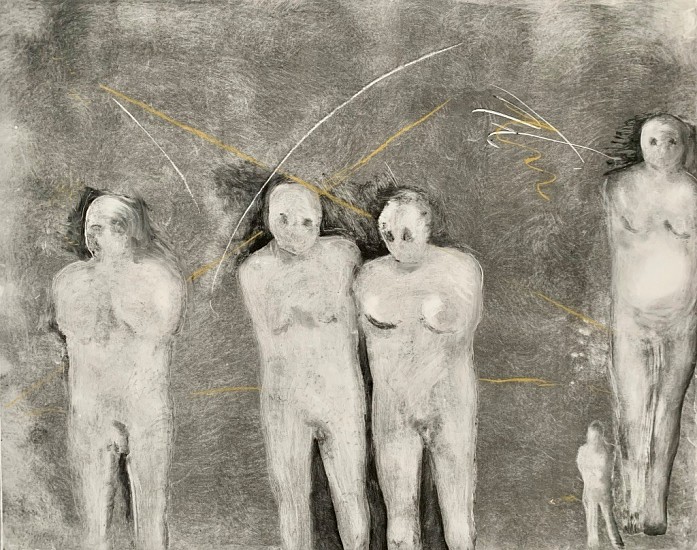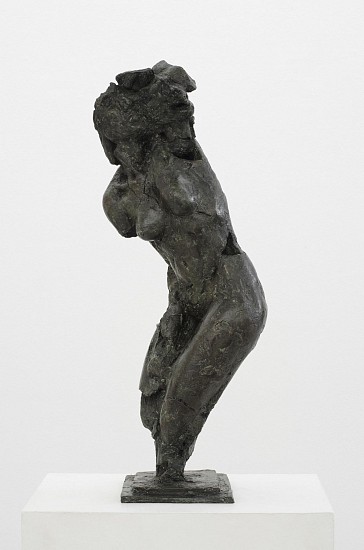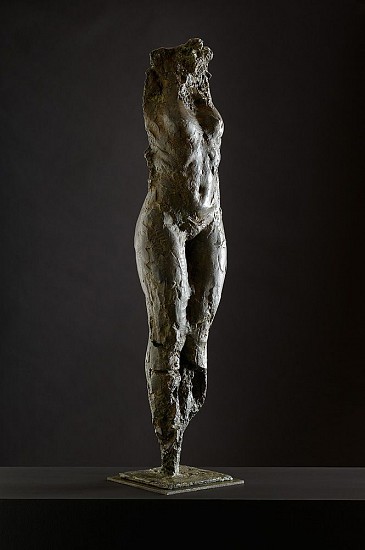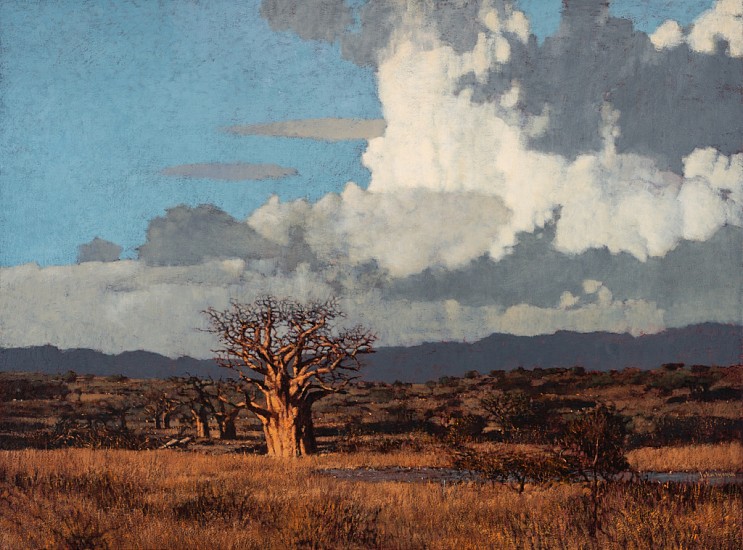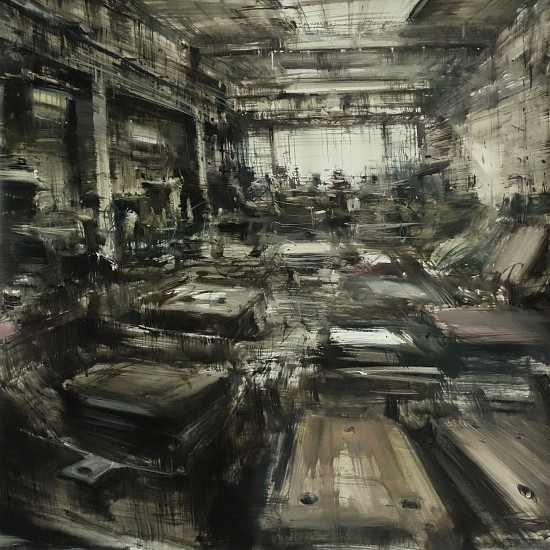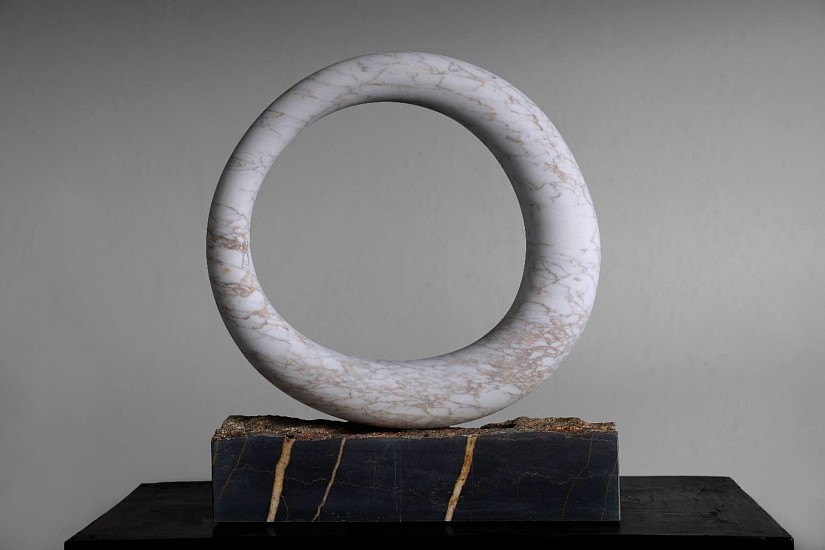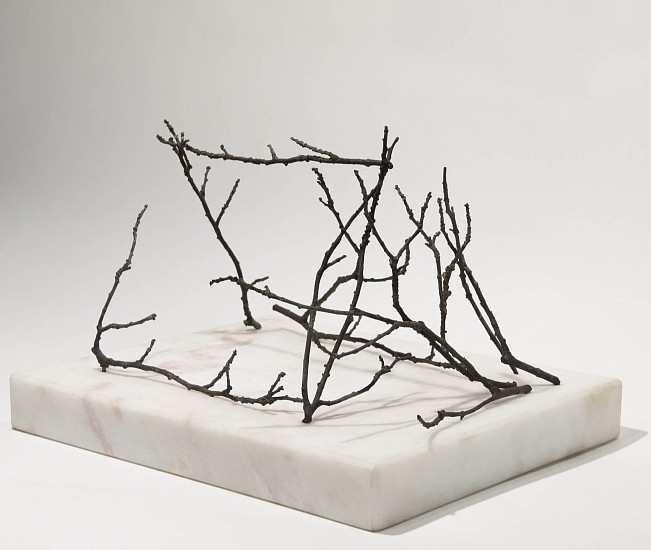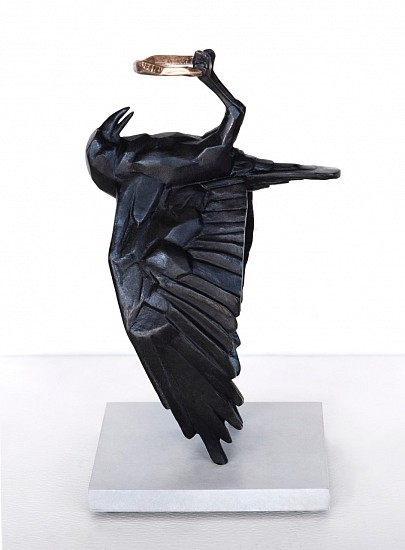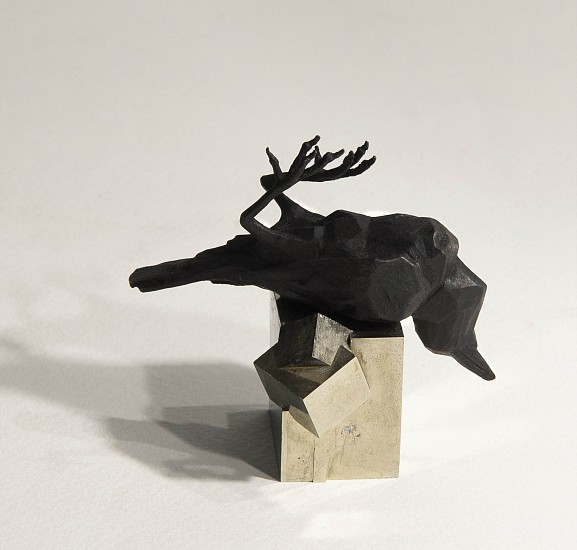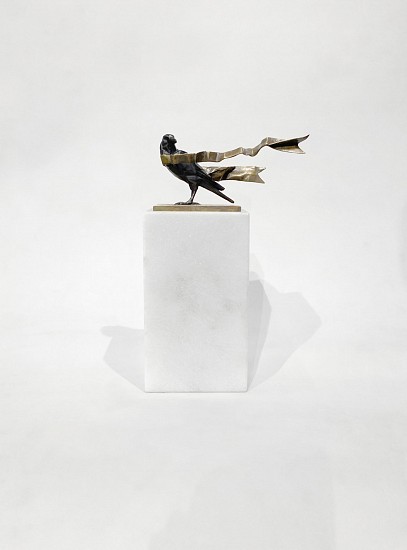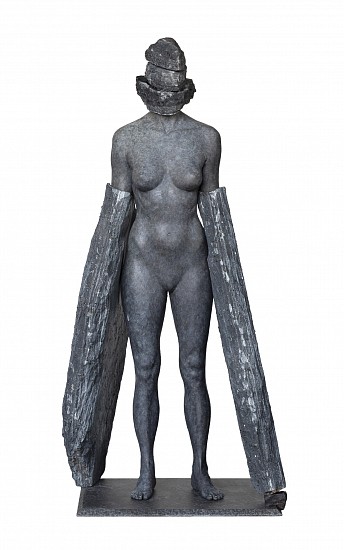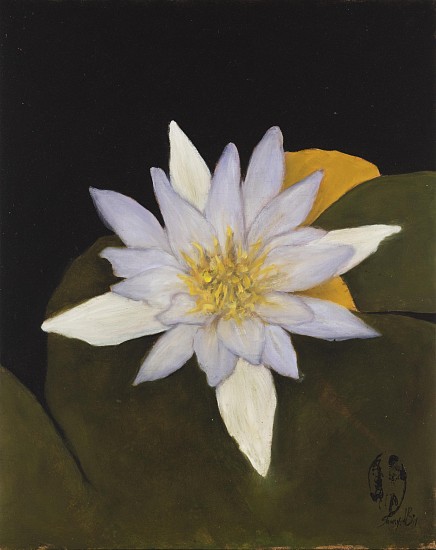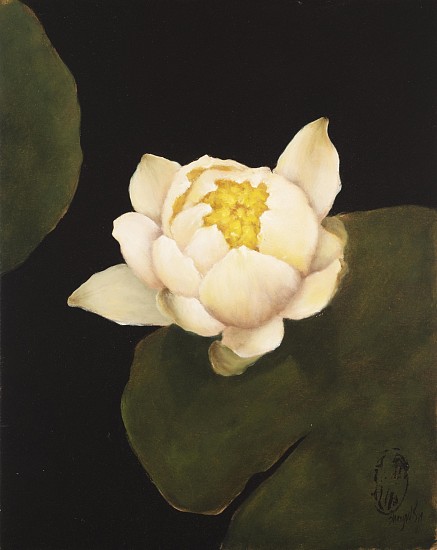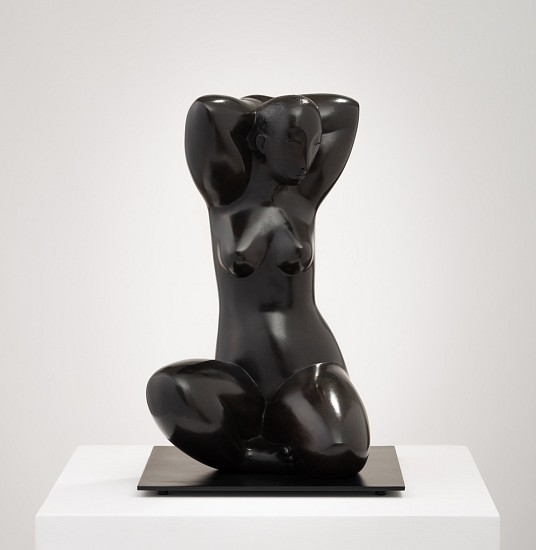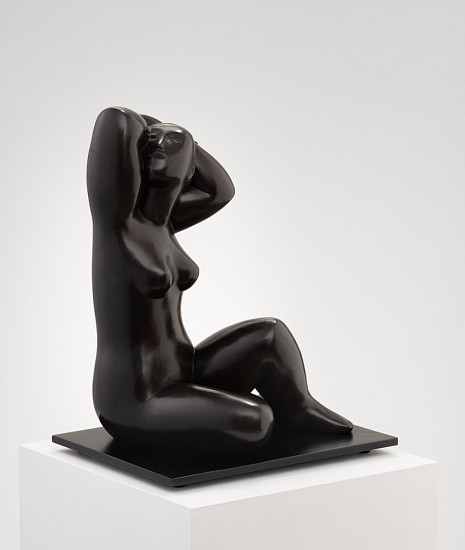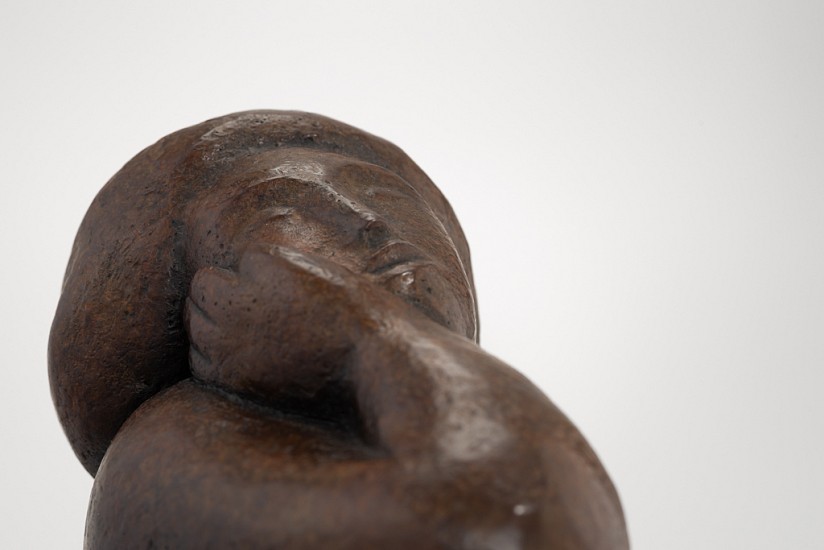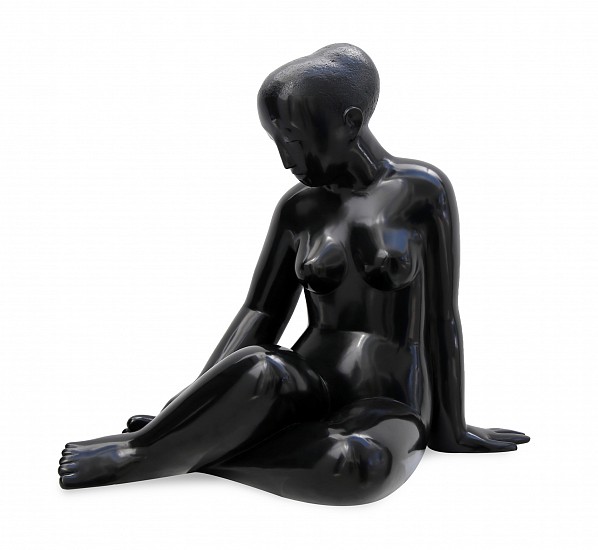DIRECTOR'S SELECTION
Widely regarded as the leading figure in the realist movement in southern Africa, John Meyer’s love of paint is at the heart of his enduring prominence as an artist. The magical properties of paint and his ability to conjure nuance with it – the way the light falls on a landscape and the branches of a singular baobab tree, illuminating and spotlighting our mysterious world – is at the heart of his preoccupation with painting. This has haunted, inspired, and propelled him as an artist for nearly 50 years.
While Meyer’s concerns appear to be about presenting reality, it is his preoccupation with manifesting his imagination as reality, that has won out. Many of his landscapes do not exist, however intimately we feel we know them. This is his genius. They present his and our memory of landscape, and how it feels – or might feel – to be in these places.
Contact: info@everardlondon.com
Photo credit: Michael Hall
Cornwall based sculptor William Peers’ organic forms in Carrara or Portuguese marble are a celebration of form and shape which echo the recurring patterns in nature. They emerge from periods of intensive carving and then sanding to hone and shape their sinuous curves. In this exhibition Peers’ sculptures are offset by bespoke black Tunisian marble bases.
Contact: info@everardlondon.com
Rina Stutzer’s work is elusive; in a constant process of becoming, the pieces evolving out of each other, often guided by intuitive impulses. She is drawn to making works that are not fixed; whose identity is ambiguous (as with the crow) and transitory, provisional (as with the nomad). All we know of the world is that we are passing through it and the the works in this exhibition poignantly telegraph the impermanence of all things.
“Stutzer uses crows in her work as a metaphor for human beings and their place in the world. We are reminded of Ted Hughes’s crow poems – where the corvid is infinitely adaptable, unpredictable, inexhaustible, and capable of mischief. Here the crow also stands for the artist herself: both operate outside of society, both are subversive, and both are tricksters playing with the possibilities of reality.
The tent is a recurring image in her work and here Stutzer’s structure is made of delicate and ephemeral twigs - a temporary dwelling, not unlike our own skins, that we inhabit during our journey through the world. “The tent is explicitly yonic in many of Stutzer’s works; we are reminded of the emergence of humanity into the world, the birth of a child – the human spirit moving from womb to world, belonging in neither, only ever visiting both.” - Miranthe Staden Garbett
Stutzer’s female form in “corpse pose” is between life and death, in a state of transition between different realms, impossible to pin down.
Contact: info@everardlondon.com
Image credit: Carla Crafford / Dan Weill Photography
Rina Stutzer’s work is elusive; in a constant process of becoming, the pieces evolving out of each other, often guided by intuitive impulses. She is drawn to making works that are not fixed; whose identity is ambiguous (as with the crow) and transitory, provisional (as with the nomad). All we know of the world is that we are passing through it and the the works in this exhibition poignantly telegraph the impermanence of all things.
“Stutzer uses crows in her work as a metaphor for human beings and their place in the world. We are reminded of Ted Hughes’s crow poems – where the corvid is infinitely adaptable, unpredictable, inexhaustible, and capable of mischief. Here the crow also stands for the artist herself: both operate outside of society, both are subversive, and both are tricksters playing with the possibilities of reality.
The tent is a recurring image in her work and here Stutzer’s structure is made of delicate and ephemeral twigs - a temporary dwelling, not unlike our own skins, that we inhabit during our journey through the world. “The tent is explicitly yonic in many of Stutzer’s works; we are reminded of the emergence of humanity into the world, the birth of a child – the human spirit moving from womb to world, belonging in neither, only ever visiting both.” - Miranthe Staden Garbett
Stutzer’s female form in “corpse pose” is between life and death, in a state of transition between different realms, impossible to pin down.
Contact: info@everardlondon.com
Image credit: Carla Crafford / Dan Weill Photography
Rina Stutzer’s work is elusive; in a constant process of becoming, the pieces evolving out of each other, often guided by intuitive impulses. She is drawn to making works that are not fixed; whose identity is ambiguous (as with the crow) and transitory, provisional (as with the nomad). All we know of the world is that we are passing through it and the the works in this exhibition poignantly telegraph the impermanence of all things.
“Stutzer uses crows in her work as a metaphor for human beings and their place in the world. We are reminded of Ted Hughes’s crow poems – where the corvid is infinitely adaptable, unpredictable, inexhaustible, and capable of mischief. Here the crow also stands for the artist herself: both operate outside of society, both are subversive, and both are tricksters playing with the possibilities of reality.
The tent is a recurring image in her work and here Stutzer’s structure is made of delicate and ephemeral twigs - a temporary dwelling, not unlike our own skins, that we inhabit during our journey through the world. “The tent is explicitly yonic in many of Stutzer’s works; we are reminded of the emergence of humanity into the world, the birth of a child – the human spirit moving from womb to world, belonging in neither, only ever visiting both.” - Miranthe Staden Garbett
Stutzer’s female form in “corpse pose” is between life and death, in a state of transition between different realms, impossible to pin down.
Contact: info@everardlondon.com
Image credit: Carla Crafford / Dan Weill Photography






























